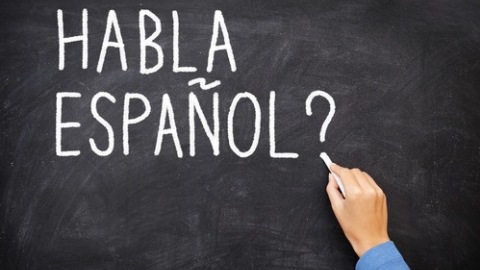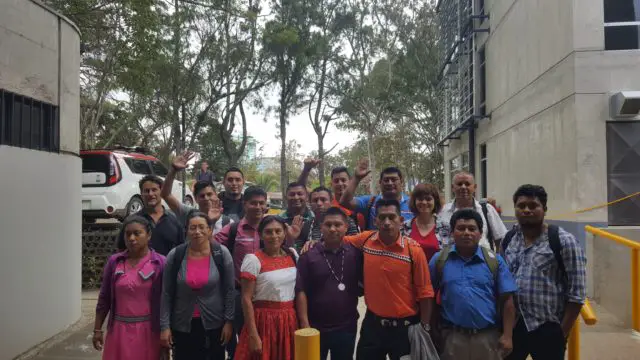
In Costa Rica, the official language is Spanish, constitutionally, but although the country is considered small it presents a diverse linguistic panorama with more than 10 languages that converge and are respected. In this article we will talk a little about these different languages and where are they used. It is important to know that our nation is recognized for being multiethnic and multicultural.
In Costa Rica, as in many Latin American countries, diverse cultures came together: European, African and Asian. They all make up the Costa Rican culture and this is reflected in the diversity of languages present in the country.
The Spanish language.

As mentioned above, it is the official language of Costa Rica, although it has perceptible phonetic changes in each region of the country. The most recognized variant consists of the way of speaking in the Central Valley, where the majority of the population lives. This dialect is very different from that of the rest of Central America and shares many similarities with Colombian (Bogota dialect) Spanish.
Among the variations that exist is the so-called Pachuco, this is considered a street language and mixes words and expressions from English, French, the Malespín code, Limonean Creole, traditional Castilian and other expressions of popular use in Costa Rica.
Indigenous languages.

In Costa Rica, five native indigenous languages are belonging to the “Chibcha” family. This family composes an extensive group of languages spoken by several Amerindian peoples, which extend from northeastern Honduras, the Caribbean coast of Nicaragua, most of Costa Rica and Panama, as well as some parts of Colombia and western Venezuela. Among the most used are:
1. Malecu: It is also known by the name of “Guatuso”. It is spoken by about 800 people in the northwest region of the province of Alajuela. This language, together with another branch, belongs to the Votic group of the Chibcha linguistic family.
2. Cabécar: It is spoken in the Talamanca mountain range and the South Pacific region. It belongs, along with the Bribri, to the Viceíta subgroup of the Chibcha linguistic family.
3. Bribri: It is spoken to the south of the Atlantic slope, province of Limón, in the Cordillera de Talamanca and the region of the South Pacific. It forms together with the Cabécar the subgroup Viceíta.
4. Guaymí: It is spoken in various indigenous territories located southeast of the province of Puntarenas, bordering Panama. Along with Bocotá, it belongs to the Guaymíico subgroup of the Chibcha linguistic family.
5. Bocotá: It is spoken in the same territories as “Guaymí”, a language with which it is closely related.
Unfortunately at the beginning of the 21st century, two indigenous languages became extinct, these were: “Térraba”: this language was spoken in the Térraba indigenous reserve, southeast of the province of Puntarenas. It was a variety of terms, which is still practiced especially in Panama. And “Boruca”, this was spoken in the Boruca and Curré reserves, southeast of the province of Puntarenas.
Other languages present in the country.

Costa Rica despite being small is home to around 1 million foreigners. Also, it is one of the countries of Central America to which many tourists visit during any period of the year. With this, among the most used foreign languages are:
1. Chinese: This language has gained considerable strength within Costa Rica, because, during the 19th century, an important Asian group migrated to Costa Rican lands and it is currently estimated that more than 50 thousand Chinese here, being considered one of the largest foreign communities.
2. English: It is the main foreign language that Costa Ricans study and is taught on a compulsory basis in Costa Rican. Besides, many American, Canadian and British nationals residing in the country, especially retirees.
3. German: One of the largest German communities in Central America is present in the country, currently there are more than 2000 Germans permanently in Costa Rica. Not counting almost 2,000 Swiss, 2,000 Mennonites and more than 600 Austrians, forming a large German-Costa Rican community that practices and promotes the use of the German language in the nation.
4. Italian: Like the German colony, the Italian colony is one of the largest communities living in Central America. Italian is spoken in the San Vito area of Java and other localities in the southeast of the nation.
Costa Rica is a country that thanks to its indigenous origins and foreign migrations make it a place with diverse and beautiful culture to enjoy. We hope this information is useful and we invite you to share it on your social networks.


